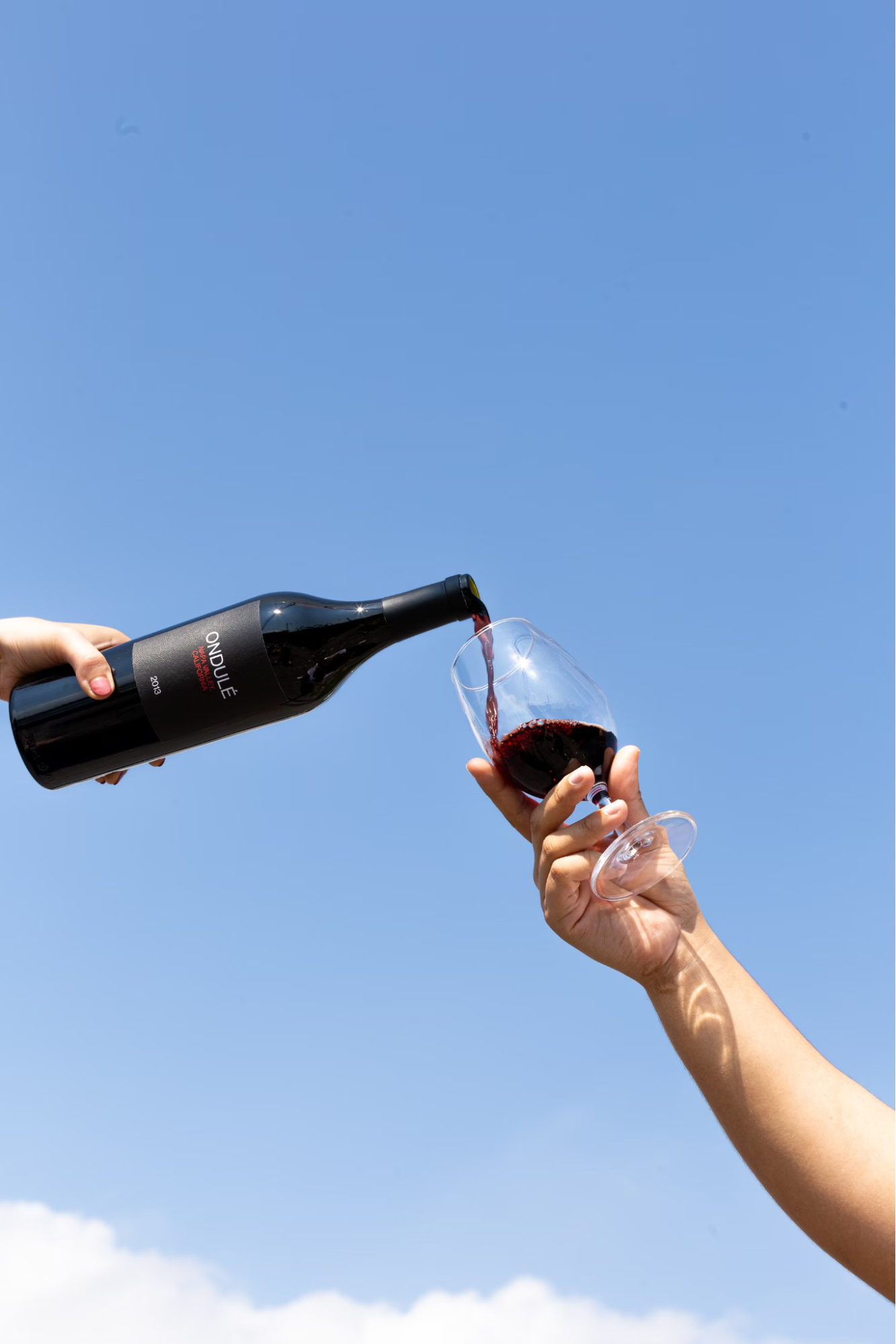- Wine Color/Type
- Top Occasions
- Unique Wines
- Surprise Me!
Tired of Cabernet Sauvignon? Explore these alternatives!
When it comes to red wine, Cabernet Sauvignon has long reigned as one of the most popular and widely recognized grape varieties. Known for its bold flavors and ability to age gracefully, it's a go-to choice for many wine enthusiasts. However, the world of wine is vast and diverse, offering a plethora of exciting alternatives that provide unique tastes and experiences. If you're looking to explore beyond the classic Cabernet, here are some fantastic grape varieties and styles to consider.
Cabernet Sauvignon is often considered the “king” of wine (Photo by No Revisions on Unsplash)
1. Merlot
Merlot is a smooth and velvety variety that often gets overshadowed by its more famous cousin, Cabernet Sauvignon. It typically presents flavors of ripe berries, plum, and sometimes chocolate. Merlot wines are generally less tannic than Cabernet, making them easier to drink when they're younger. For those who enjoy the fruit-forward aspect of Cabernet but prefer something softer, Merlot is an excellent choice.
[insert:wine:freemark-abbey-merlot-2018]
2. Syrah/Shiraz
Syrah, also known as Shiraz in Australia, is another full-bodied red wine that offers a robust alternative to Cabernet Sauvignon. With its dark fruit flavors and spicy, peppery notes, Syrah can be just as complex and age-worthy. It's a great option for those who love a wine with a bit of a kick and a rich, lingering finish.
[insert:wine:e-guigal-cote-rotie-brune-blonde-de-guigal-2017]
3. Malbec
Originally from France but now famously grown in Argentina, Malbec has surged in popularity. It's known for its deep color and juicy flavors of blackberry, plum, and black cherry. Malbec tends to have a plusher texture and lower acidity compared to Cabernet, which can be appealing to those looking for a rounder, more approachable wine.
[insert:wine:vina-cobos-felino-malbec-2020]
4. Tempranillo
Tempranillo is Spain's star red grape and the backbone of Rioja wines. It offers a different profile with flavors of cherry, dried fig, tobacco, and vanilla, especially when aged in oak. While it can be just as structured as Cabernet Sauvignon, Tempranillo often has a more savory character, which makes it a great pairing with food.
[insert:wine:tinto-pesquera-crianza-2018]
5. Zinfandel
For a more adventurous palate, red Zinfandel might be the way to go. This grape produces wines that are often jammy, with a burst of ripe, dark fruits and sometimes a sweet spice or smoky finish. Zinfandel can range from medium to full-bodied and is typically higher in alcohol, providing a bold experience for those looking to switch things up from the usual Cabernet.
[insert:wine:ridge-vineyards-paso-robles-zinfandel-2018]
6. Sangiovese
As the main grape in Chianti and Brunello di Montalcino, Sangiovese is Italy's claim to fame. It's lighter in color than Cabernet but doesn't lack in flavor or complexity. Expect notes of sour cherry, earth, herbs, and leather. Sangiovese wines often have bright acidity and firm tannins, making them excellent companions to Italian cuisine.
[insert:wine:silverado-vineyards-borreo-sangiovese-2018]
7. Carmenère
Once mistaken for Merlot in Chile, Carmenère has emerged as a distinct variety in its own right. It offers intriguing flavors of red fruits, spices, and sometimes a green bell pepper note due to its pyrazine compounds. Carmenère is medium-bodied with softer tannins, making it a pleasant alternative for those who find Cabernet too bold.
[insert:wine:viu-manent-el-incidente-carmenere-2018]
Cabernet Sauvignon may be a classic, but the world of wine is brimming with diverse grapes that deserve attention. Whether you're after something smooth like Merlot, spicy like Syrah, or uniquely savory like Tempranillo, there's a whole spectrum of flavors and styles to explore. Allow VinoVoss to guide you in the diverse world of wine with these Cabernet alternatives and discover a new favorite.
Cheers to expanding your wine horizons!
Latest articles

